Winter was coming. The bare oaks left ridgelines fronded with junipers, and farmers were in their fields, gleaning the last of the year’s harvest. I found my friend Vab Yang digging up sweet potatoes on her farm outside Siloam Springs, Arkansas, where the Ozark Plateau rolls into the plains, and fell in beside her. Vab (pronounced Vah) mentioned that a Hmong New Year festival was taking place nearby. I wanted to see it, so she urged me to hurry—it was Sunday evening, and there were only a few hours left.
I drove into Oklahoma and turned down a series of dirt roads, the final one opening onto a pasture. There were stalls selling lemongrass-pork sausages and green papaya salad, and in vending booths, farmers inspected machetes beaten from truck springs in Asia. A helicopter landed and took off, the festival’s equivalent of carnival rides.
Over the past decade and a half, a few hundred Hmong families have settled in the rural Ozarks. Traditionally, the Hmong have lived as slash-and-burn farmers in China and Southeast Asia, moving villages every few years to let the soil rest. They look forward to the time after the harvest as the New Year. Customarily their only holiday, it can last up to ten days in Asia. Here in the United States, I learned, the celebration comes in two forms: large public festivals and private family, clan, or community gatherings.
Sports tournaments and beauty pageants had concluded before I arrived. Pageant contestants walked by in traditional headdresses and breastplates made of replica silver coins, an annual dress-up smartened with miniskirts and high heels. They balanced on the balls of their feet to keep their stilettos from sinking into the pasture.
Virtually every Hmong American is either a veteran or refugee of the war in Vietnam, or the child or grandchild of one. They come from an independent mountain people in Laos, shamanists who for centuries have resisted lowland Chinese and Vietnamese incursions. During the Vietnam War, many Hmong villages sided with the United States, sending guerrilla fighters to support the CIA’s covert operations. Others sided with the Communists. The history behind this division is complicated; ultimately, the alliances weren’t about ideology, but about preserving independence. But they paid dearly: between one-tenth and one-half of Lao Hmong died in the war and its aftermath.
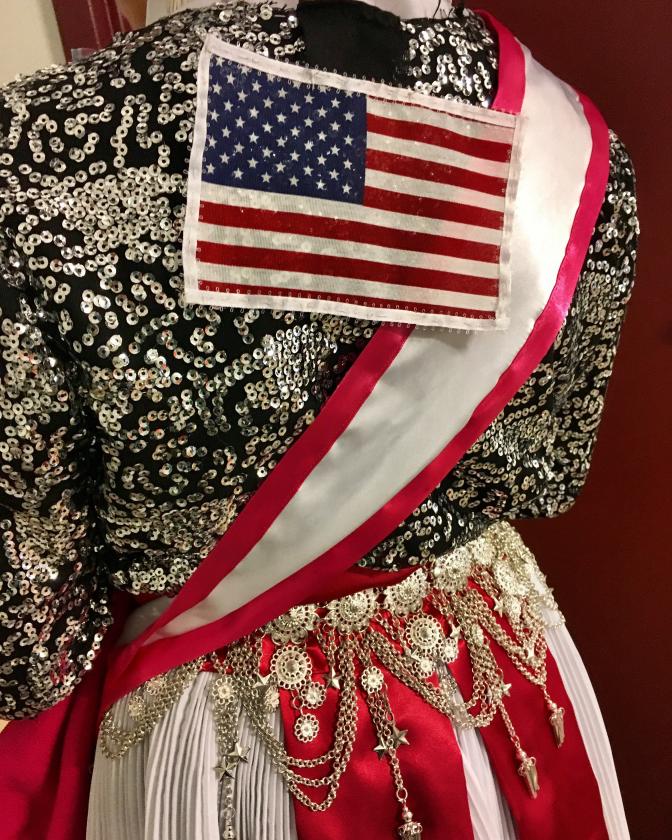
For the Hmong, the conflict is still smoldering. In 2009, Thailand’s military closed the last of the country’s refugee camps and sent the residents back to Laos. There, a bedraggled group of “jungle Hmong,” resisting Laos’s Communist government, hide in the mountain forests. A few years ago, the word in Arkansas was that two of them had been tricked out of hiding, forced into bags weighted with stones, and drowned in a river. To this day, even within families, it is whispered—bitterly—that so-and-so might be a Communist.
Two years after that New Year festival, I attended another outside Tulsa. I was drawn to the dance contests and beauty pageants—events that, as it turns out, do not have deep roots in Hmong society. The dance troupes have adopted classical Lao routines; Lao and Thai people introduced the Hmong to beauty pageants during the Vietnam War at Long Tieng, the secret CIA mountain air base that grew into a city of forty thousand people.
At this pageant, statuesque Selena stood out. Her sidekick, Kong, orbited her with pans of makeup and fussed over her costumes. Twenty-three and no thicker than a stalk of corn, Kong wore leggings, running shoes, and a whistle around his neck—a coach’s getup. He screamed when Selena won.
Back in Siloam Springs I confessed to Vab that of the many events at the Tulsa festival, I had mostly followed the beauty pageants. I pulled out my phone to show her a picture of Selena wearing a crown. What would Vab, who’d escaped the mountains in Laos under gunfire, whose beauty seems earned, make of this frivolity?
“Oh!” Her face lit up like a girl’s, and then fell to motherly concern as she reached for my phone. “Is she pretty?”
The Northwest Arkansas festival followed that weekend, centered in a rented sale barn next to a cattle pasture. The night before, as several people set up a stage, I talked with a Hmong schoolteacher. As a Christian, she said, she steered clear of the shamanists and all their beer drinking. And while the Hmong’s traditional garb stands out, even among Laos’s 160 indigenous groups and subgroups, she was glad to see it go; the batik-dyed, embroidered, and pleated outfits took too much work. “Two or three pounds of skirt! And then after the New Year you have to re-pleat it all.”
True, making a jacket and skirt once consumed much of a girl’s free time. Each polyester pull-on skirt sold in a festival vendor’s booth saves months of labor. “The heavy silver necklaces left bruises on the back of your neck,” the teacher continued. “Girls couldn’t run and play. Now they compete in sports tournaments.”
In the barn’s concrete corridors the next morning, Kong prepared for his shot at the title of Mr. Hmong Arkansas. While his competitors wore slacks, Kong donned a tail of deteriorating peacock feathers that he feverishly repaired with a hot-glue gun before taking the stage. During the talent section, one contestant played the qeej, a bamboo flute. When Kong’s turn came, a recording of the instrument played softly in the background. Dressed in peasant’s garb, he rolled a replica of an old-country hut onto the stage and began meekly working the floor with a hoe. Suddenly the qeej music switched to thumping pan-Asian disco. His face registering both alarm and resolve, Kong stripped off his shirt and trousers to reveal a sequined leotard. He somersaulted backwards, jumped up, and shimmied down the catwalk.
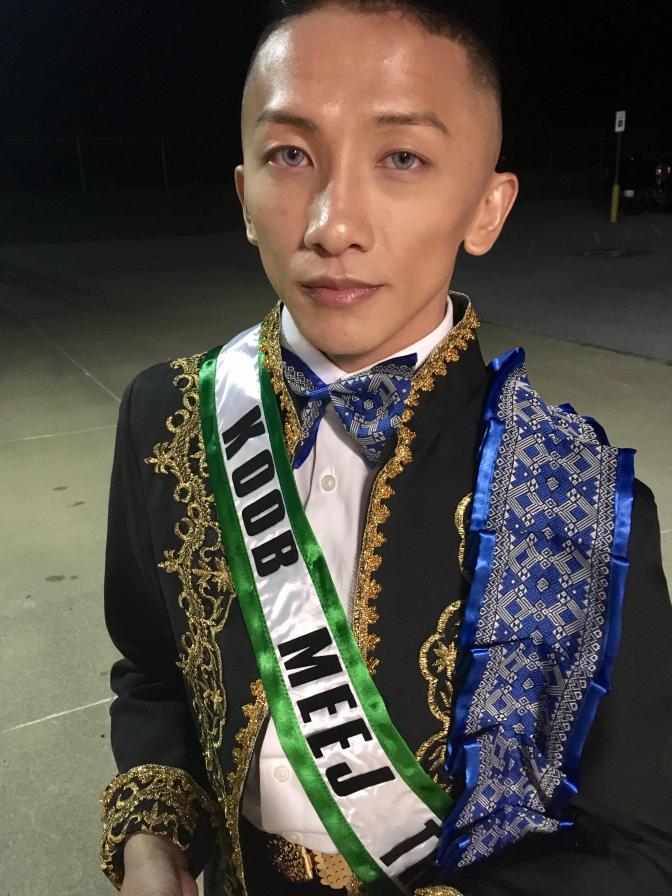
Some of us, ill-acquainted with half-measures, are destined and doomed to go through the world in costume.
The winners won and cried, and friends gave the contestants armloads of flowers. Those who’d lost kept stiff upper lips, all except Kong, who commanded his mother to throw out his bouquets. She stomped over to an oil-drum trash can near the barn’s edge and hoisted the flowers above it—and then she hesitated and laid them gently across the can’s rim, the rosebuds suspended by the long-stemmed glads.
Most Hmong refugees who made it to the United States ended up in cities—Fresno, St. Paul. Vang Yang, a community leader who works as a mechanic in a snack factory, says—not without a note of pride—that among Asian American gangs, the Hmong have a reputation as “the worst of the worst.” That is one reason he and other families are going back to the land, to mountains very much like those he was born in, twelve years before he tried on his first real shoes in a San Francisco refugee center.
Could rural “Arklahoma” be any more wholesome than American cities? I was born and raised in the Ozark Mountains. They’re home to picturesque cattle pastures and river swims, yes, but also to meth dens and babies in wet diapers crying through the night. I once asked Vang over the phone about the drugs and violence riddling the hills. “Has that affected the Hmong community? Is there discussion about that…happening in Arkansas?”
“No,” he said flatly, perhaps whistling past the graveyard, perhaps not. “We’re just trying to be as good as we can be. People from California, from Minnesota, they’ve moved out here to get away from it all.” Chickens cooed in the background.
There is the urge to keep moving forward, and the urge to preserve. If this were the Laos the old generation remembers, villagers would usher in the new year by lwm sub—pronounced something like “learn suit,” it means “conducting a chicken ceremony.” Everyone circles four times through a gate made of tree boughs in the direction of the sunset, escorting out the year’s bad spirits and bad fortune, then pivots and walks in the other direction, opening themselves to the coming year’s blessings. All the while, a chanting elder turns a holy rooster in the air. For days after, the farmers would break from their fields, feasting, watching bulls fight, and singing folk ballads. Young men and women would court in a ball-tossing game and sing risqué love songs.
If there is a beating heart of that old New Year in America, it is found in family homes. The first of these gatherings I attended was off a dirt road outside Westville, Oklahoma, at the doublewide trailer of Chue Hue Lee, a lean and jolly man in his fifties who works at a Cherokee Nation health clinic, and his wife, Pang.
Later that night, Chue Hue tried to explain the chicken’s significance. A firm believer in Western medicine, he still sees a shaman healer for general unease, he said, hastening to add that psychology explains the success of these treatments, since a good mood can aid the immune system. The magic of the chicken was harder to articulate. “Before the sun rises, the chicken knows it will. Back in the old days, we don’t have alarms. The rooster helps you start the day and knows when it will end. The chicken means so many things, the chicken knows many things.” He paused. “New day. I don’t know how to say it—it’s not something I talk about in English.”
About a hundred locals gathered at Chue Hue and Pang’s, leaving sneakers on the porch behind the frostbitten banana trees. Women had slaughtered six ducks, six chickens, and a steer, to be served in broth with cabbage or fermented bamboo. Girls ran outside to punch around a volleyball and help construct a ceremonial gate with a green string of Christmas tinsel. Although the Lees were hosting the lwm sub, they would not keep it exclusive, as per custom, to members of their own clan.
Hmong clan leaders, all men, including Vang in a fedora, arrived from a meeting in Siloam Springs, where they’d argued over how to keep the community together. “Lowlanders don’t trust uplanders in Laos, uplanders don’t trust lowlanders, the Hmong don’t trust the Hmong,” Vang said to me over his shoulder on the way to the green gate, mock-wearily. “The people who couldn’t afford to pay taxes to the French went with the communists. It’s like your Civil War—people here say they hate the Yankees. Now we have the shamanists, the Christians, the different kinds of Christians.”
The sun was setting. A man caught a rooster, which he’d turn in the air while chanting. Vang and some others delicately invited me to join. For now, the community had settled on radical inclusion—Christians, shamanists, old generation and new, no pressure. There were only twenty families here tonight in an Oklahoma field, and they had to stick together.
We walked to the tinsel gate and circled through it four times toward the sunset, neighbor speaking with neighbor—Hey, is this our third time around or our fourth? Oops!—and reversed and circled four times more, in the direction the sun would rise.
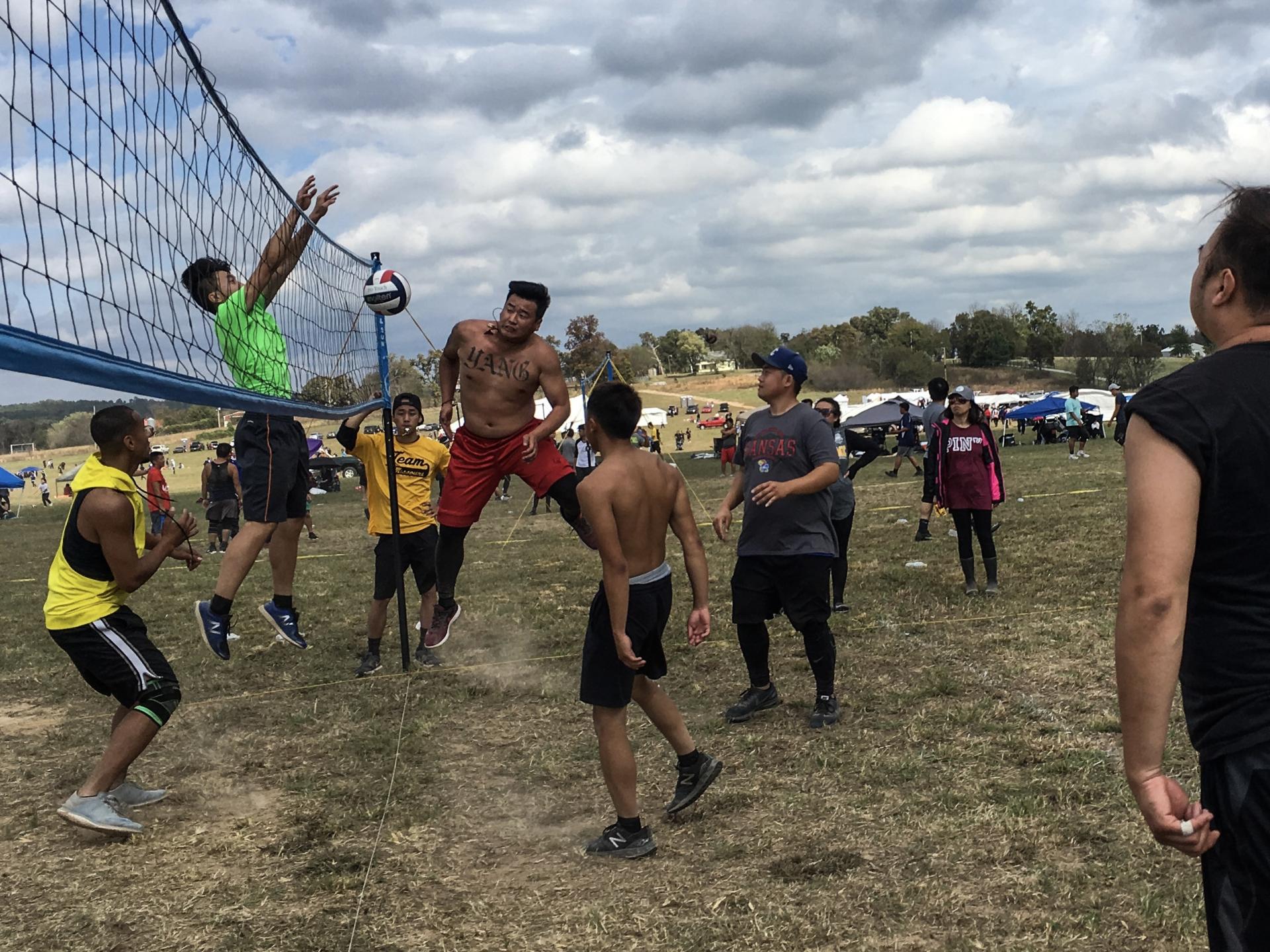
Above: Sports tournaments are a popular event in public New Year festivals like this one in Siloam Springs, Arkansas.
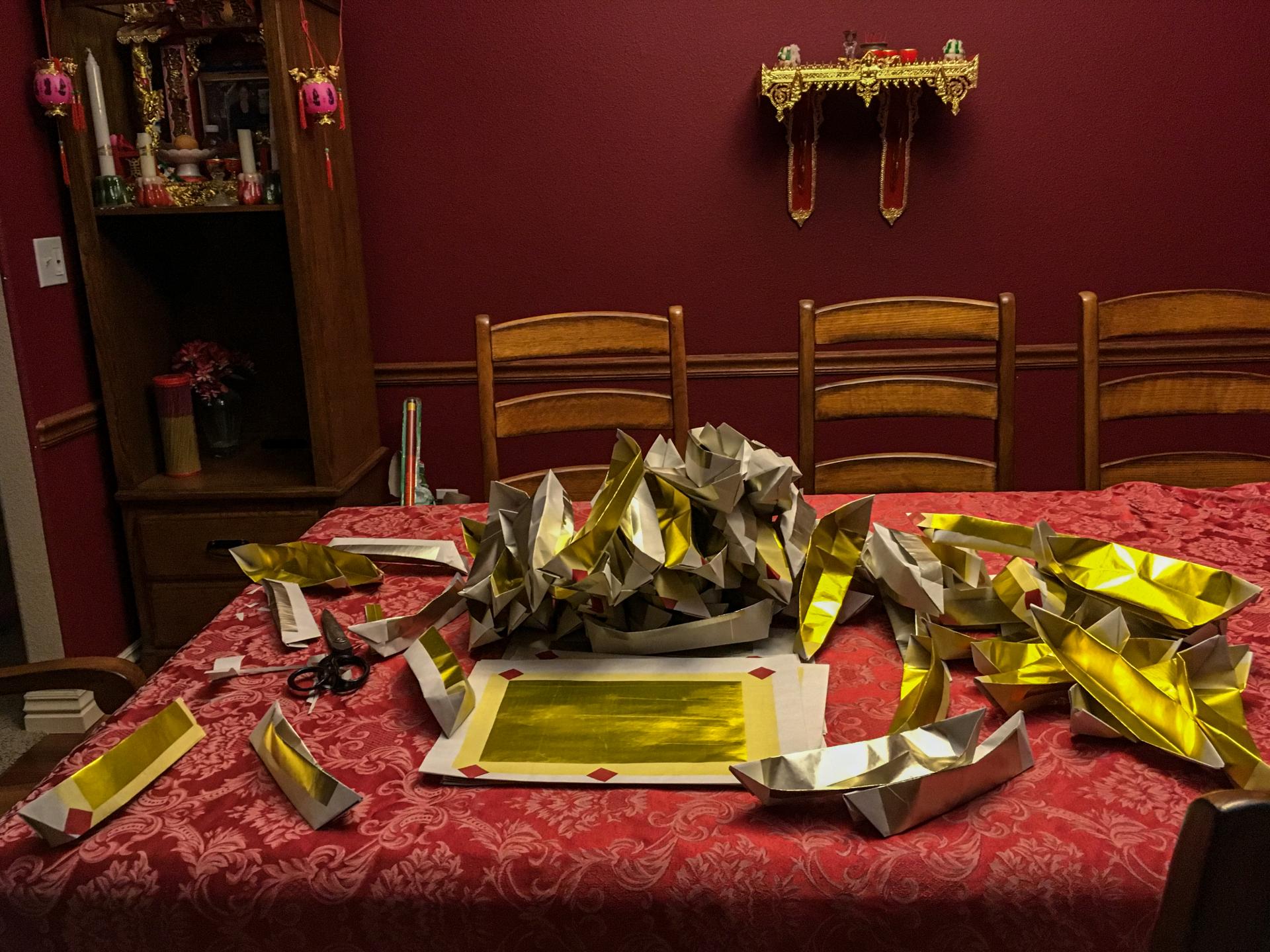
Above: New Year preparations for a family gathering in the home of Vab Yang and her husband, Wa Lee, in Siloam Springs. Lee was made an Army lieutenant during the fourteen years he fought with U.S. Special Forces in Laos.
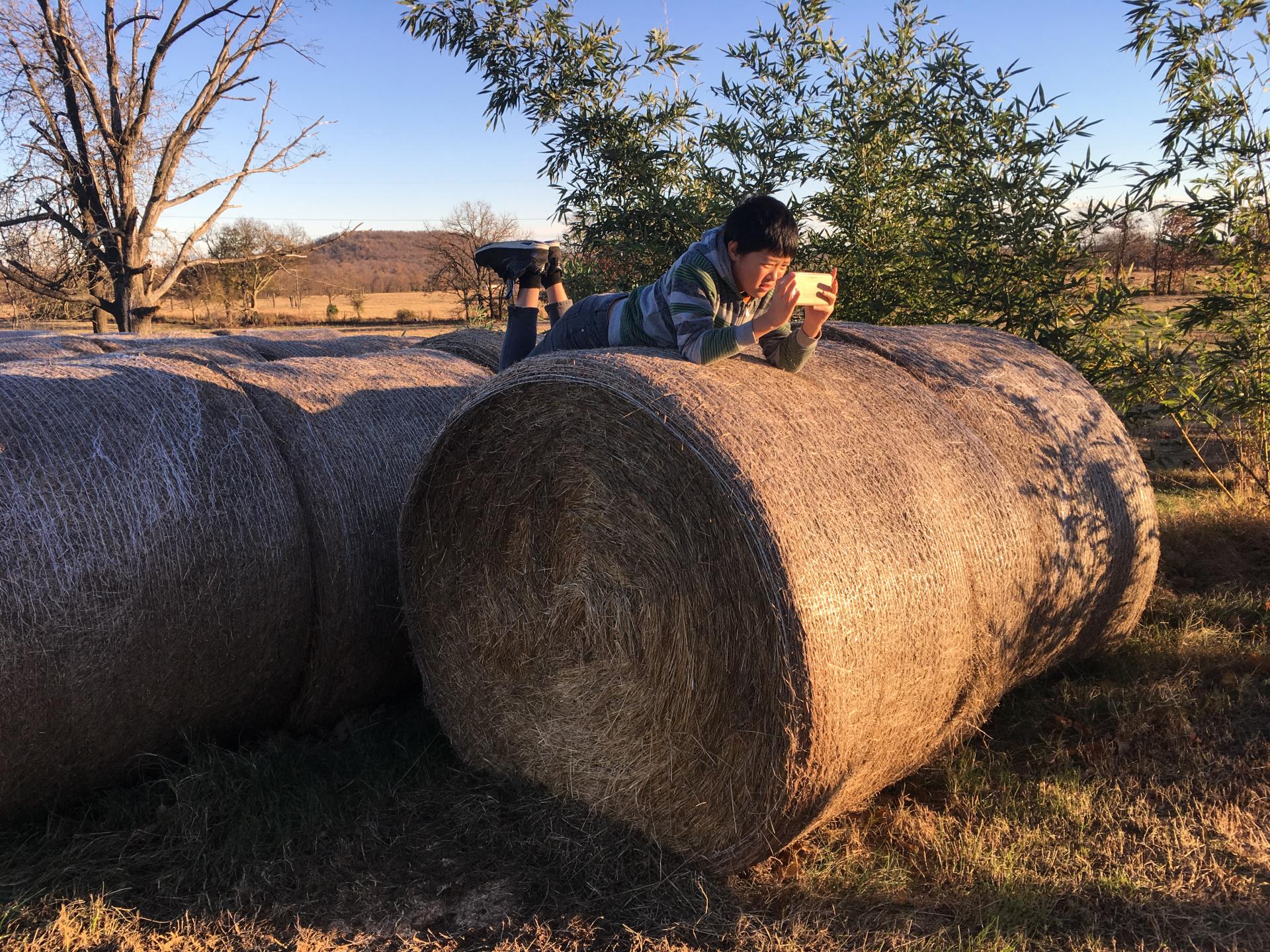
Above: Charles Yang relaxes before his community’s New Year lwm sub (chicken ceremony) in Westville, Oklahoma.
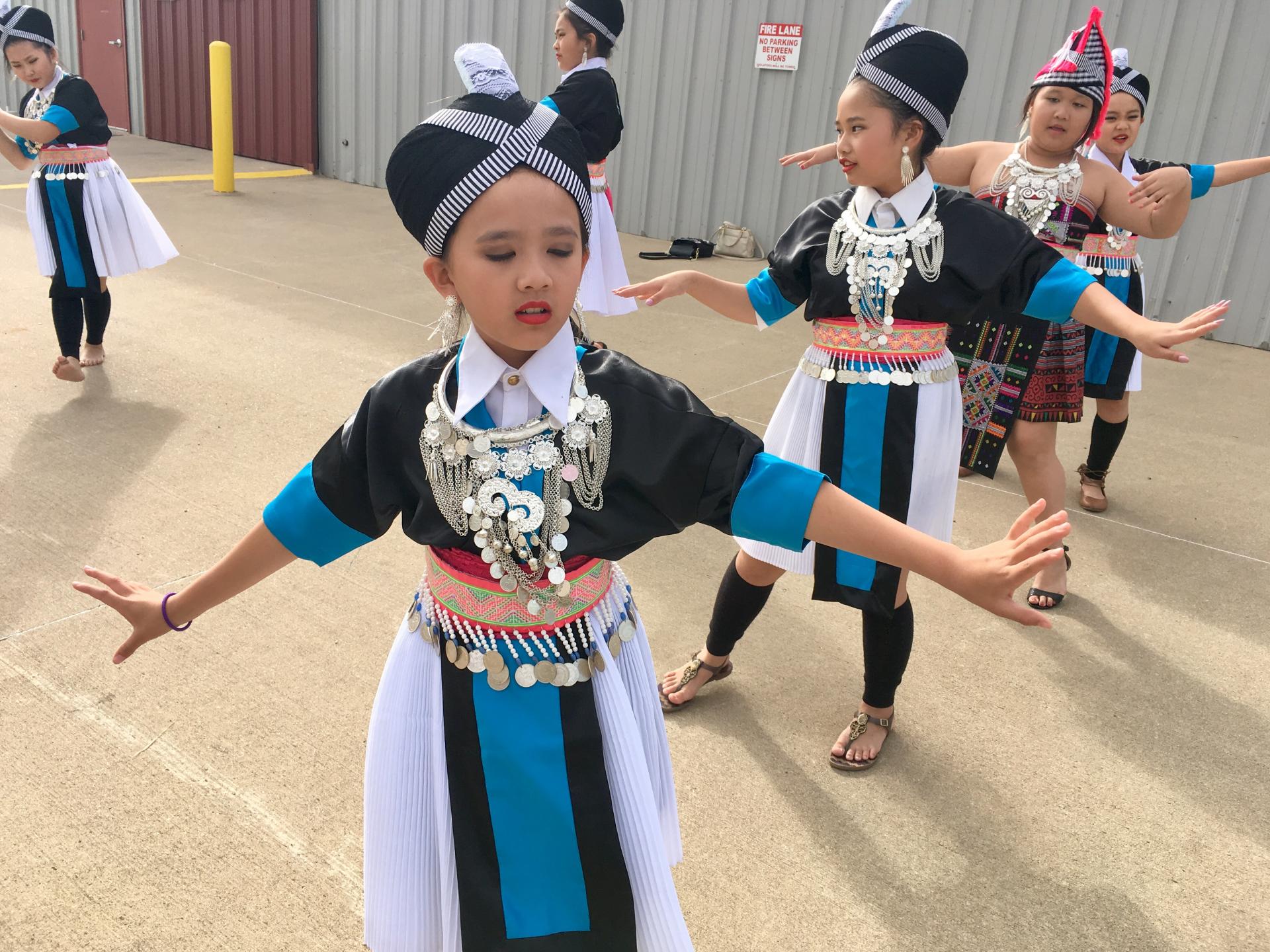
Above: A competitive dance troupe practices their routine in a parking lot in Bentonville.
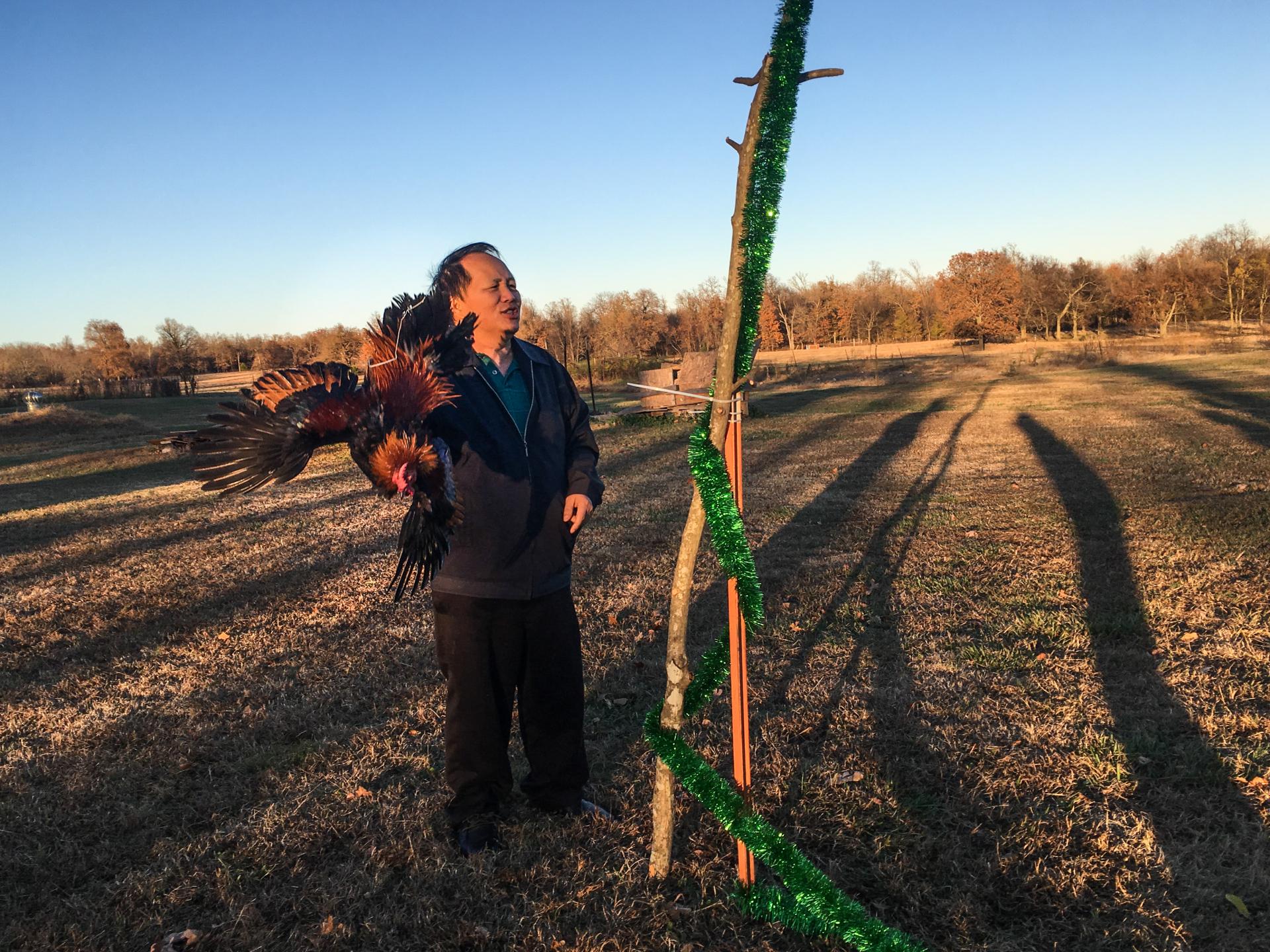
Above: A spiritual elder conducts a chicken ceremony, turning a chicken and chanting as participants pass through a gate of improvised tree boughs in Westville.
